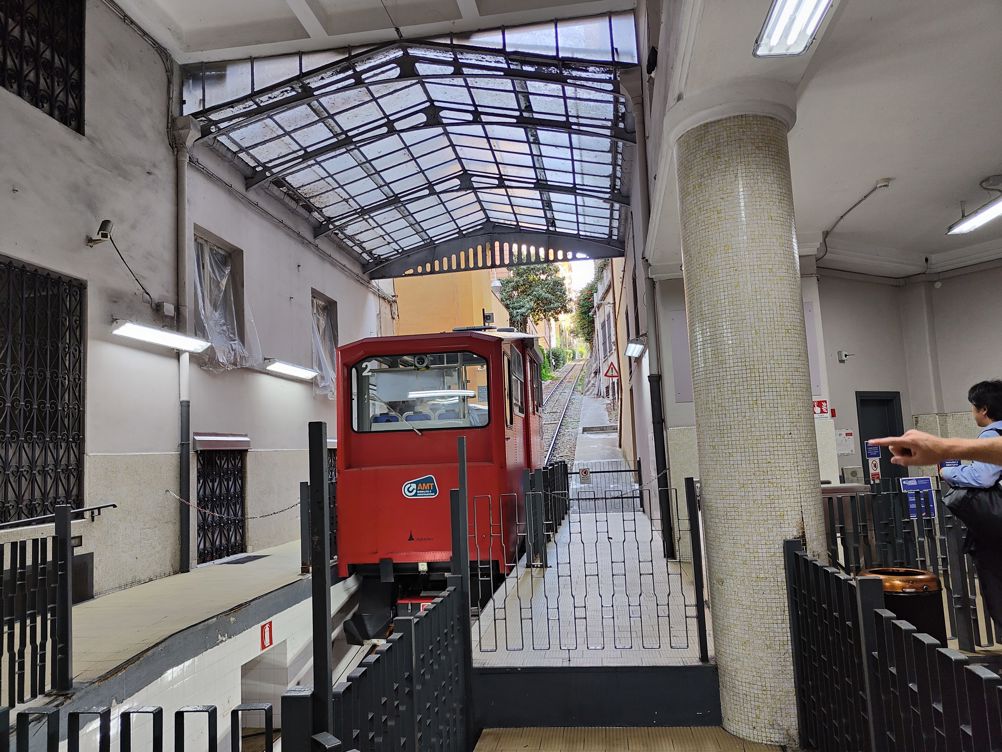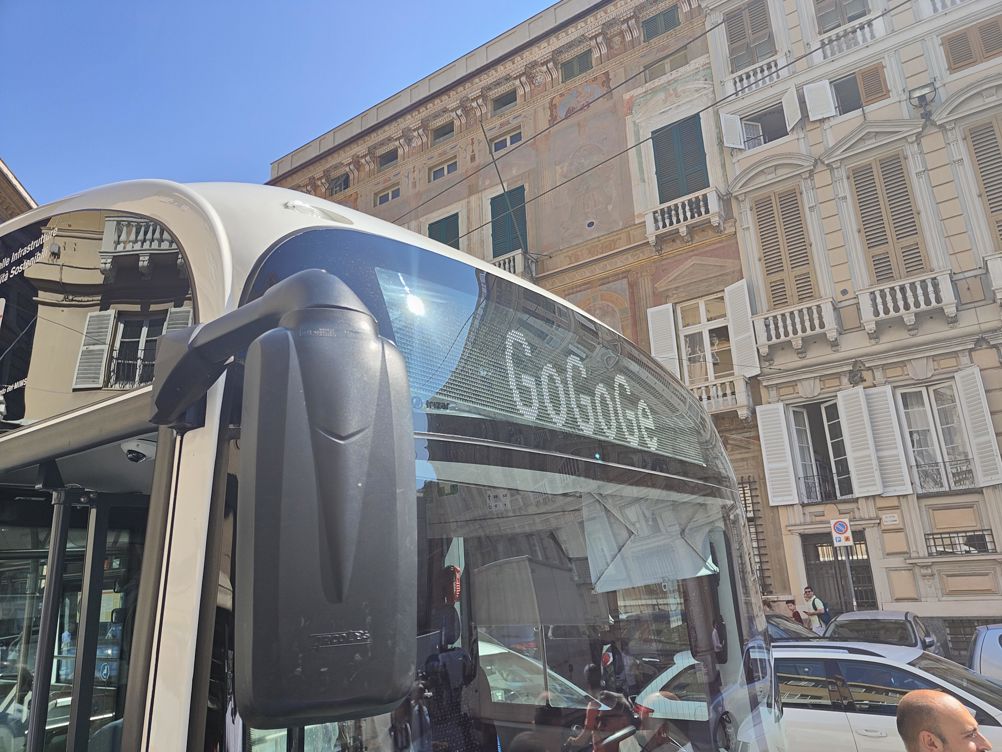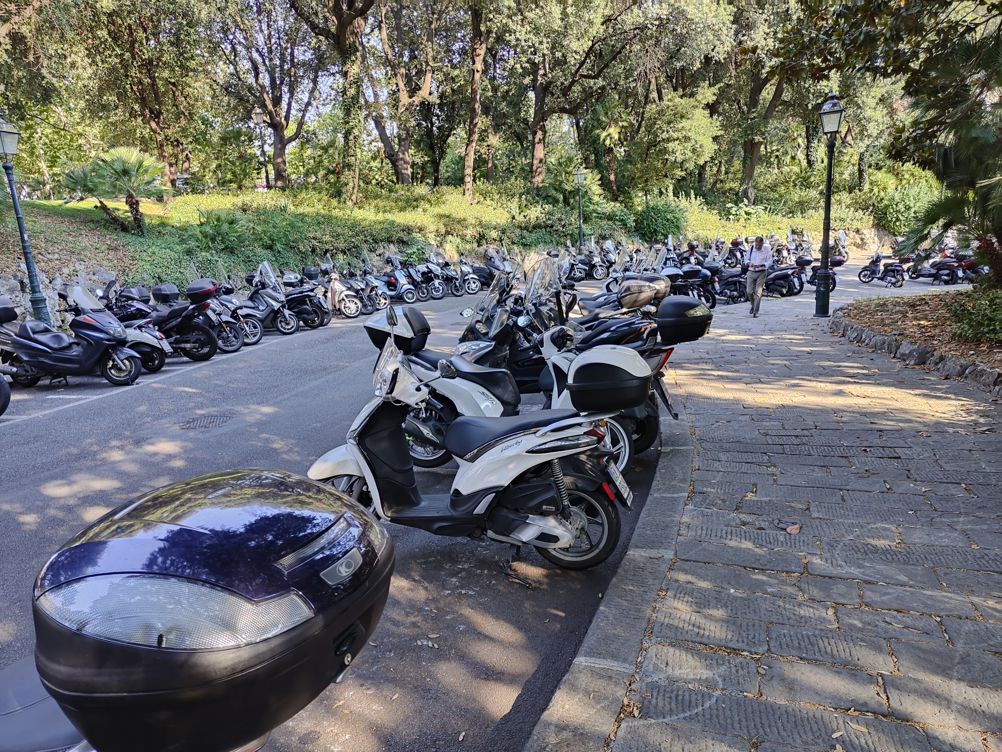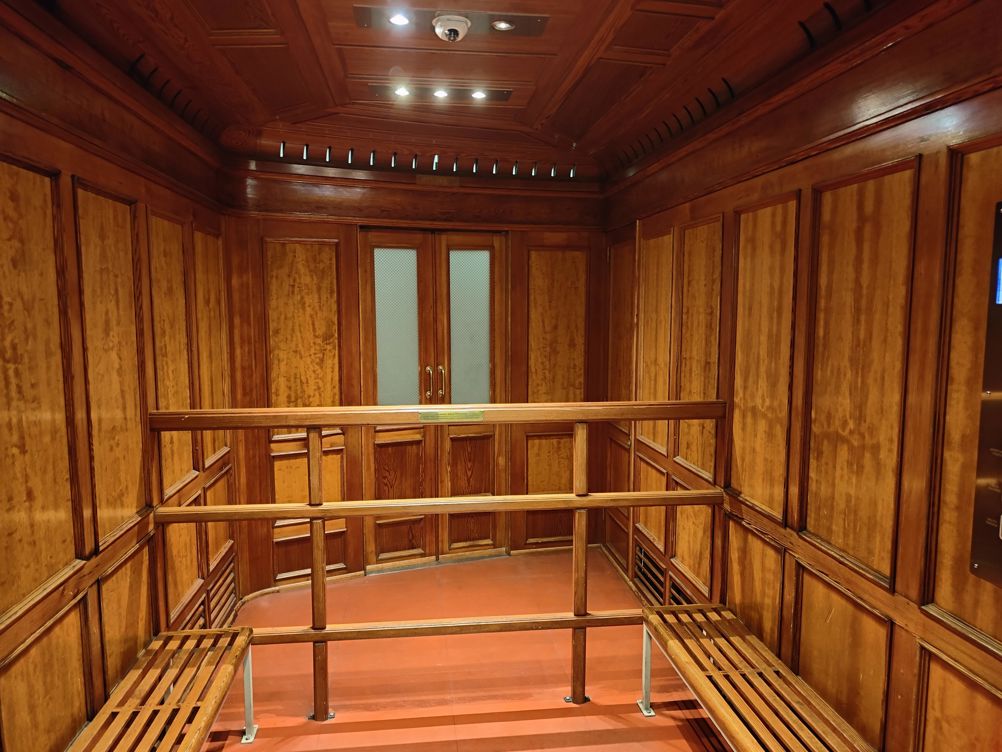Smart mobility is a concept most people living in UK cities will be familiar with, whether they realise it or not. London’s Oyster Card, for example, was introduced almost twenty years ago. Today, it allows access to the capital’s multimodal network of buses, tubes, trains, trams, water taxis and even Boris Johnson’s much-maligned cable car.
In recent times, smartphones have displaced the Oyster for many commuters, inbuilt NFC and wallets negating the need for a standalone card. Regardless of whether you use a card or a phone, Transport for London (TfL) knows where customers tap in and out across its network, although the exact nature of your journey may not always be clear.

For a truly seamless travel experience – and one where the operator has full visibility over journeys - the next phase of smart mobility will see our phones acting as smart ticketing devices, granting frictionless access to different modes of transport while also delivering a holistic view of a city’s entire transit network. Passengers benefit from streamlined, integrated travel, while operators have a rich data source to improve services, and smart cities can start bragging about their IQs.
In Genoa, Italy, a world-first trial is under way to put this next phase of smart mobility to the test. Working with AMT (Azienda Mobilità e Trasporti – Genoa’s equivalent to TfL) Hitachi Rail has installed more than 7,000 Bluetooth beacons throughout the city, connecting 663 city buses, 2,500 bus stops, a metro line, two 50km-long regional bus routes, 12 funiculars & public lifts, and a not-so-maligned cable car. The pilot, running since May, is seen by Hitachi as a beachhead for smart mobility around the world.
“Hitachi is really trying to position itself as a social innovation business,” Mike Scott, Hitachi Rail’s head of External Comms & Marketing, told assembled journalists at the launch event in Genoa.
“By disposing of a lot of the consumer products that you might know it for from the nineties and early noughties, and focusing on what it calls now its green energy and mobility sector - which is where our rail business belongs, for example - it’s trying to solve some pretty big problems.”
Hitachi’s heritage in rail infrastructure, rolling stock and signalling puts it in a strong position to make a play as one-stop-shop for public transport, connecting the disparate dots of multimodal travel in cities across the world. The company’s vision is to package it all up as Mobility as a Service (MaaS) whereby cities and regions pay them to deliver not only the infrastructure, but also the maintenance, smart ticketing and analytics that complex transport systems need in order to function.
“We are delivering a service to our partners, a service which can be tailored, configured or adapted to the needs of the specific customer,” said Alessandro de Grazia, group head of Smart Ticketing at Hitachi Rail.
“We singled out three main target groups - one of them being the passengers - which are at the centre of the travel experience. Then the operators and then the municipalities. And for each of these three groups we have a dedicated value proposition.”

For the passengers, this takes the form of Hitachi’s 360Pass app (branded locally as GoGoGe in Genoa), allowing them to seamlessly move across a city’s various modes of transport, without the need to tap in and out. This type of frictionless travel is known in the industry as BIBO (Be-In Be-Out), where beacons throughout the network keep track of a passenger’s journey, with the app automatically calculating the cheapest possible fare at the end of each day.
“We single out four points,” said de Grazia. “Easy, effortless, value for money and stress free...it’s a one-stop-shop, so you have one application and you can connect billing and then the sky’s the limit for all the services which are delivered throughout our platform...we have Hitachi services, we have AMT services and third-party services all connected.”
In Genoa, the app connects not only to the whole gamut of public transport, it also allows users to access electric cars and mopeds across the city, as well as pay directly for municipal parking. All of this assumes that consumers will be happy to be tracked on an almost constant basis while commuting. Hitachi and others are betting that commuters are already accustomed to this via apps such as Google Maps and Citymapper, which have somewhat laid the foundations for integrated, smart mobility and the inevitable data collection that accompanies it.
It’s a new technology, really disruptive, and can offer the kind of services that are unique – a unique travel experience.
The Japanese conglomerate is also hoping its infrastructure heritage and pre-existing relationships with cities across the globe will engender a degree of public trust that the big technology companies can’t match. The same week that The Engineer was in Genoa to experience the trial, Uber’s business practices were under scrutiny following a major series of leaks. One email exchange suggested Uber was willing for drivers on the streets of Paris to become embroiled in violence during protests against the app’s rollout. It came as a timely reminder that revolutions – even technological ones - are often bloody.
Where Uber once looked a frontrunner to lead this smart mobility revolution, companies like Hitachi are now staking their claim, seeking to work alongside operators and municipalities rather than steamroll them into submission. Instead of legal battles with the likes of TfL and AMT, Hitachi is seeking to build or extend commercial partnerships.

“We want to support the municipality of Genoa with this project,” said Marco Beltrami, President of AMT, which has been at the heart of the city’s public transportation since 1895. “We have a vision to become a leader of public transport in Italy, and maybe now thanks to the help of Hitachi, worldwide.
“From what I’m aware, in Italy, there is no other experience with this kind of technology. It’s a new technology, really disruptive, and can offer the kind of services that are unique – a unique travel experience.”
For operators like AMT, the potential benefits are clear. As well as an improved, simplified passenger experience, Hitachi’s MaaS suite – known as Lumada Intelligent Mobility Management – provides AMT with flow management tools throughout its network, alongside data around emissions. By promoting the use of e-mobility and using data and AI to improve the overall efficiency of the network, AMT hopes to steadily reduce the city’s transport emissions over time, making Genoa a better place to live and visit.
“We can get a lot of analytics from this approach,” said Beltrami. “We can define a perfect matrix, starting point and ending point. In between, how many buses? Did they go bus then underground? Did they go bus and then an elevator? We can follow them, and so perfectly understand.
“Many other ticketing systems don’t allow this type of exchange. They only allow you to track the single transportation, the single travel, not the whole travel from one end to the other.
“In the future, with all this kind of data we will be able to dynamically adapt ourselves, to dynamically move our offer and the quantity of a service. We are not there yet...but this is the future here.”

For now though, the trial is serving as Hitachi’s showcase, its vision for fully integrated public transport. The company believes that Genoa’s small but complex network is the perfect proving ground for its MaaS offer, somewhere to help identify potential gremlins as it eyes up bigger cities and global expansion. During The Engineer’s short journey around the city, the GoGoGe app registered a phantom bus journey, a nearby Bluetooth beacon placing us inside the vehicle rather than walking alongside it. But as Beltrami had pointed out earlier that day, this is exactly what trials are for.
“This is just a work in progress,” the AMT President had told us, foreshadowing the Bluetooth gremlins. “I mean, please don’t think that everything in GoGoGe in this moment is perfect. It is not. It’s a project, it’s a pilot and we are working to improve.”











PMI falls as manufacturers feel the squeeze
17 months or two and a half years - which is it?